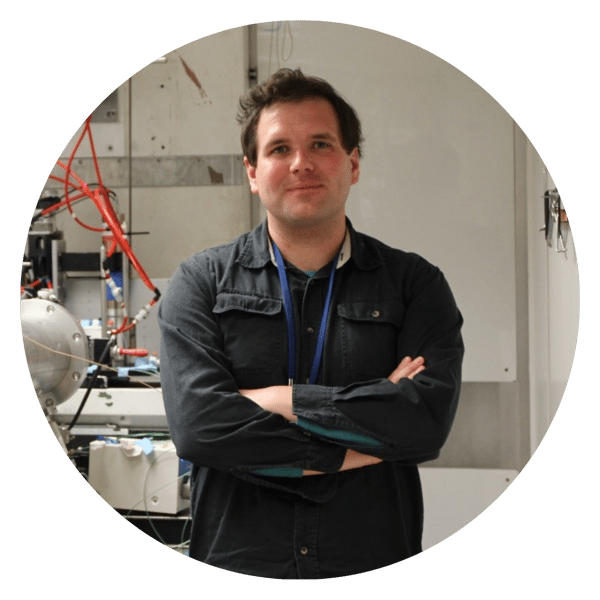11th of November | 11.00 am - 12.00 pm GMT
Model membrane sample systems at the solid-liquid interface enable membrane biochemistry to be studied with molecular precision using sample systems of reduced complexity to those found in vivo. Neutron reflectometry (NR) is a technique found at large national and international facilities which allows for structure at buried interfaces to be probed due to the highly penetrating nature of neutron beams. Complex biological architectures such as membranes can be structurally examined and the relative distribution of components across a membrane can be resolved. However, NR is not a high through put technique. Therefore, QCM-D has become a commonly utilized bench-top technique to complement structural studies on membrane models by NR and probe these over a wide range of experimental conditions.
In this talk I will give an introduction using neutron beams to examine biological structures in general and membrane structures by NR in particular. I will then discuss two recent studies which use a complementary combination of NR and QCM-D to give a precise molecular level structural and physical understanding of two new, advanced membrane biomimetic systems. One, a self-assembled floating membrane system where the distance of the lipid bilayer from the bulk surface can be tuned by changing the solution salt conditions and another, a planar lipid/integral membrane protein complex which can be used to examine protein folding in the membrane environment.



